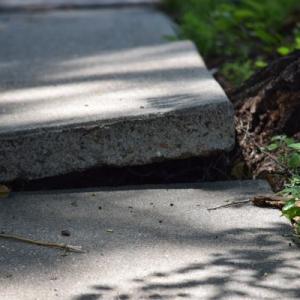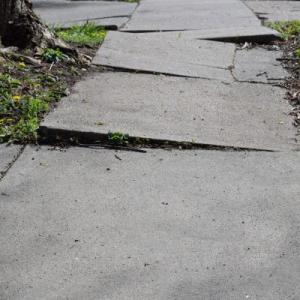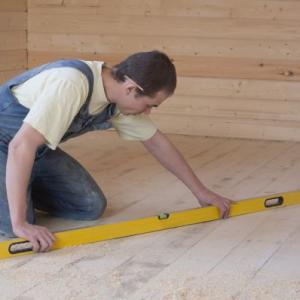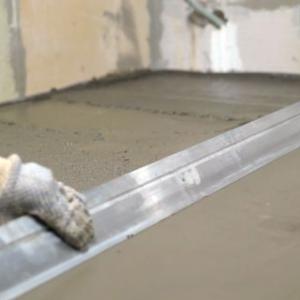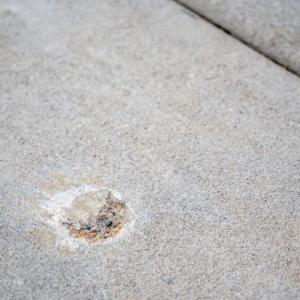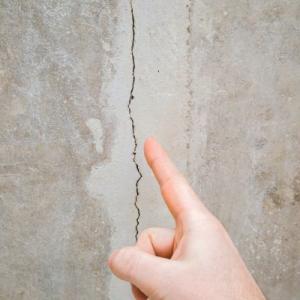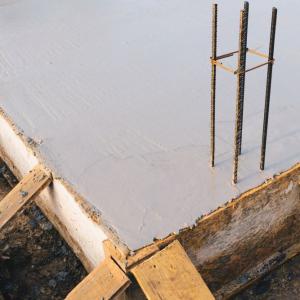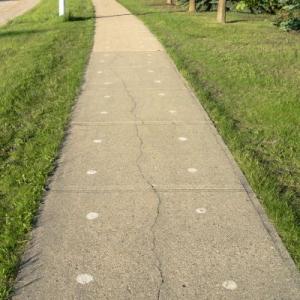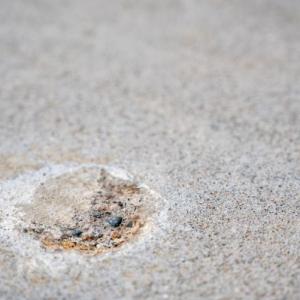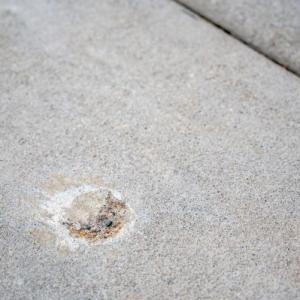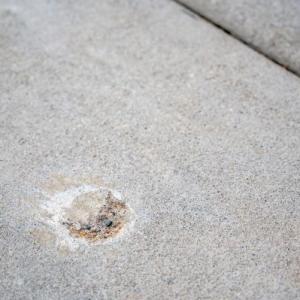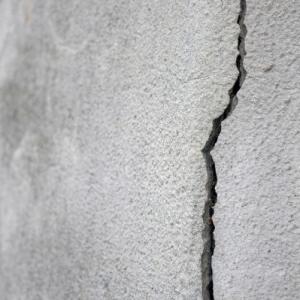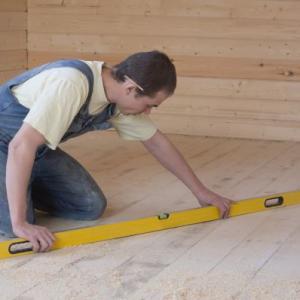Concrete Raising: Bellingham
Concrete Raising in Bellingham
Get help with Concrete Raising in Bellingham. Fill out the form above and we will connect you with local Bellingham pros. Concrete raising offers numerous advantages for homeowners and property owners alike. This cost-effective solution helps to restore and level sunken or uneven concrete surfaces, such as driveways, sidewalks, and patios. By addressing these issues, concrete raising enhances safety by eliminating tripping hazards and preventing further damage. Additionally, this process saves time and money compared to traditional concrete replacement methods, as it requires minimal disruption and offers quick results. With concrete raising, property owners can improve the overall appearance and functionality of their outdoor spaces, ensuring long-lasting durability without the need for extensive repairs or replacements.Concrete Raising FAQ
Q: How Does Concrete Raising Work And What Are The Benefits Compared To Traditional Concrete Repair Methods?
Answer: Concrete raising, also known as concrete leveling or slab jacking, is a process that involves lifting sunken or uneven concrete slabs to their original position. It works by injecting a specialized material, such as polyurethane foam or a cement-based slurry, beneath the sunken slab, which then expands and raises the concrete. Compared to traditional concrete repair methods, concrete raising offers several benefits. Firstly, it is a cost-effective solution as it requires less time, labor, and materials compared to completely replacing the concrete. Additionally, it is a non-invasive process that minimizes disruption to the surrounding area and does not require heavy machinery. Concrete raising also provides a long-lasting solution, as the injected material stabilizes the soil beneath the slab, preventing future sinking or settling. Overall, concrete raising is a convenient, efficient, and economical option for repairing sunken or uneven concrete surfaces.Q: Are There Any Specific Conditions Or Situations Where Concrete Raising Is Not Recommended Or May Not Be Effective?
Answer: Yes, there are certain conditions or situations where concrete raising may not be recommended or may not be effective. These include severe structural damage, extensive cracking, deep voids or sinkholes, unstable soil conditions, and areas with significant water infiltration or drainage issues. It is important to assess the specific circumstances and consult with a professional to determine the best course of action.Q: How Long Does The Concrete Raising Process Typically Take And Is There Any Downtime Or Restrictions On Using The Area Afterwards?
Answer: The concrete raising process typically takes a few hours to complete, depending on the size of the area being repaired. After the process is finished, there is usually a short downtime of a few hours to allow the raised concrete to fully cure. Once the concrete has cured, there are no restrictions on using the area, and it can be used as normal.Q: What Are Some Common Signs Or Indications That A Concrete Slab May Need To Be Raised And Are There Any Preventative Measures That Can Be Taken To Avoid The Need For Concrete Raising In The Future?
Answer: Common signs or indications that a concrete slab may need to be raised include uneven surfaces, cracks, sinking or settling, and water pooling. To prevent the need for concrete raising in the future, it is important to ensure proper soil compaction before pouring the slab, use reinforcement like rebar or wire mesh, control water drainage away from the slab, and avoid heavy loads or excessive traffic on the surface. Regular maintenance and timely repairs can also help extend the lifespan of the concrete slab.Concrete raising, also known as concrete leveling or slabjacking, is a technique used to repair sunken or uneven concrete surfaces. This process involves injecting a specialized material, often a mixture of cement, sand, and other additives, beneath the sunken concrete. The material is pumped through small holes drilled into the concrete, filling the voids and raising the slab to its original position. Concrete raising is commonly used to fix sidewalks, driveways, patios, and other concrete surfaces that have settled due to soil erosion, poor compaction, or other factors. This cost-effective solution eliminates the need for costly concrete replacement and can be completed quickly, restoring the functionality and safety of the affected area.

